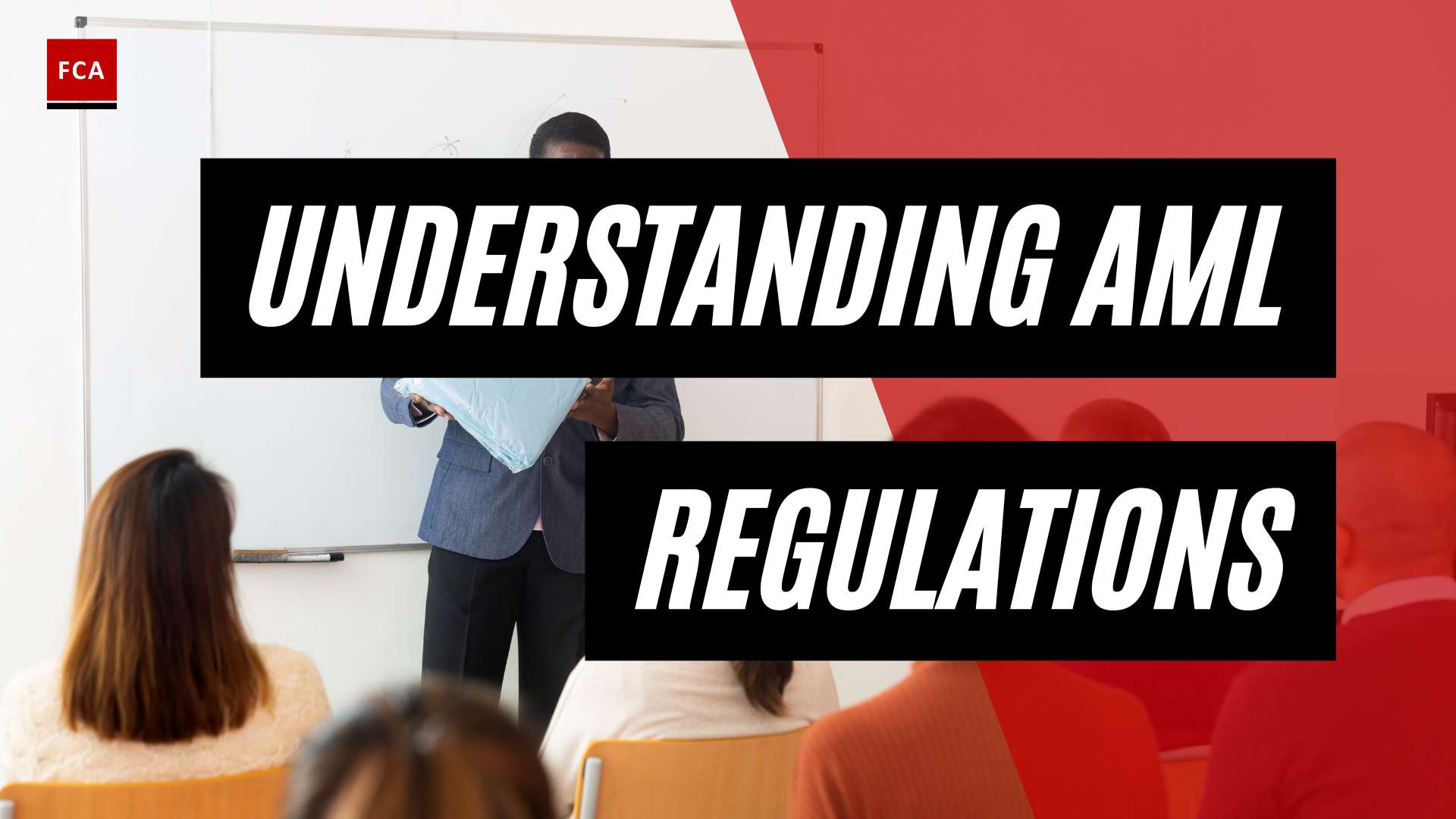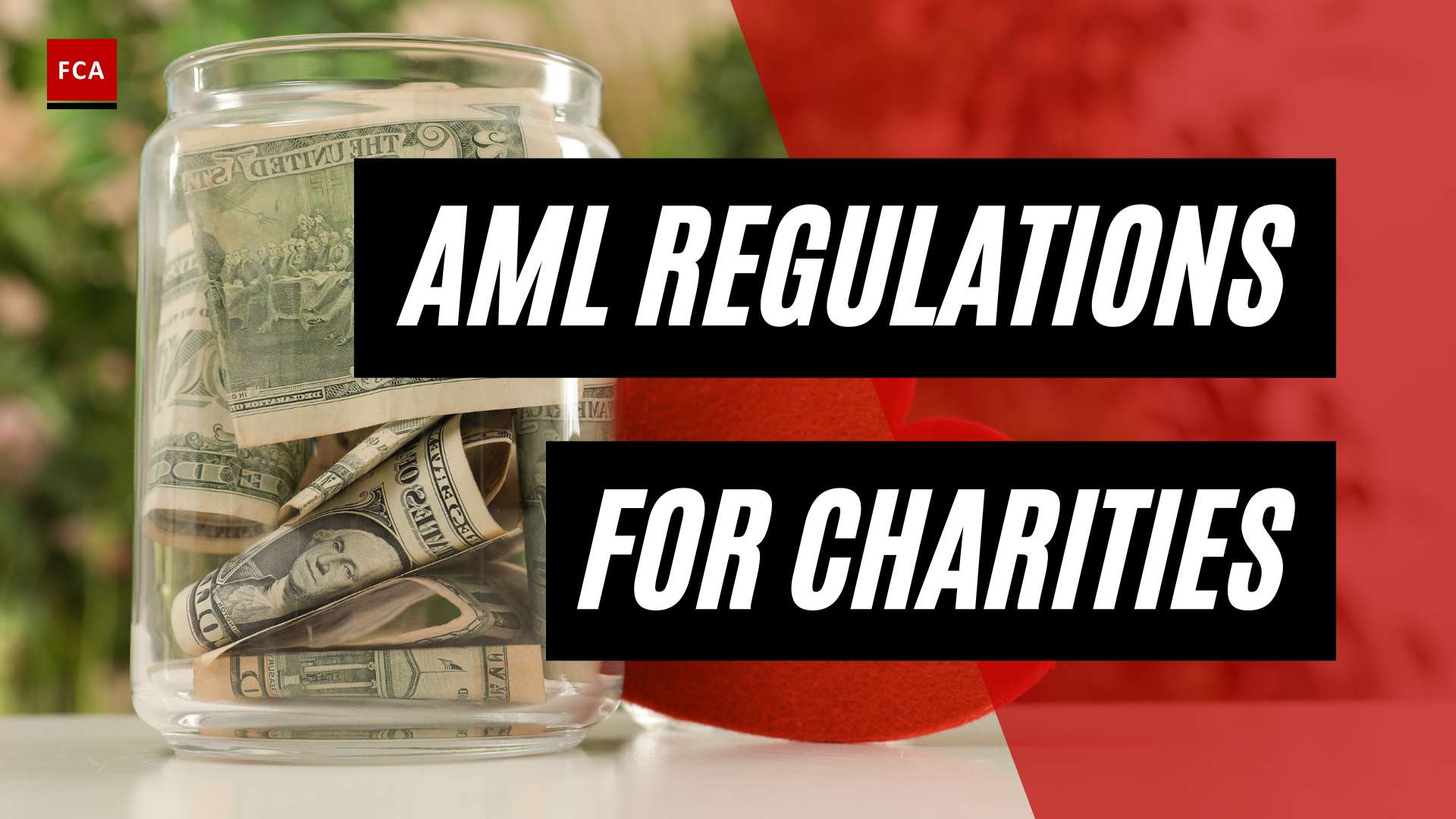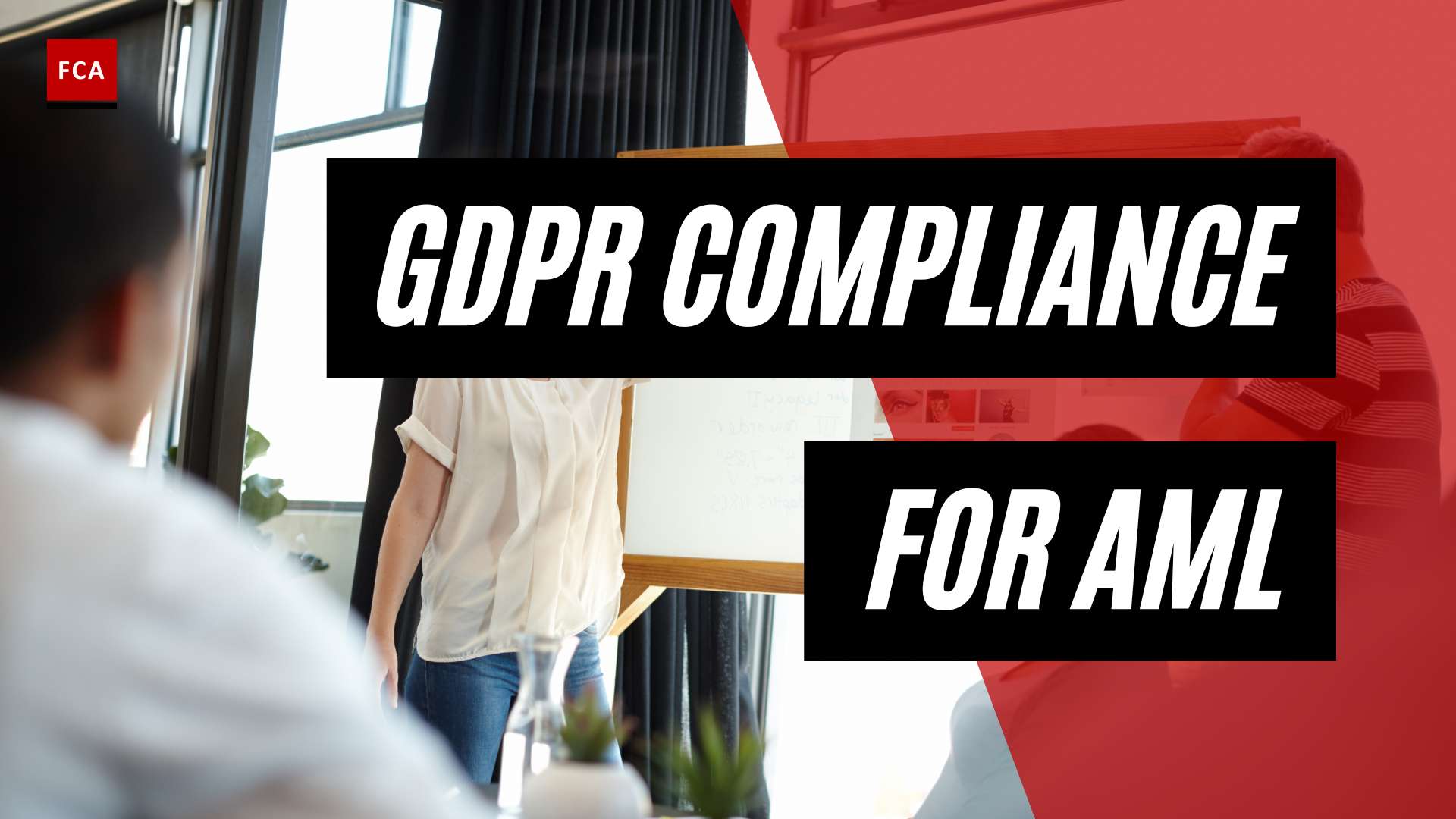Understanding the EU AML Framework
The European Union (EU) has implemented a comprehensive Anti-Money Laundering (AML) framework to combat money laundering and terrorist financing within its member states. This framework consists of various regulations and directives that financial institutions must adhere to in order to prevent illegal activities related to money laundering and terrorist financing.
Introduction to EU AML Regulations
The EU’s commitment to combating money laundering began with the adoption of its first AML Directive in 1990. This directive aimed to prevent the misuse of the financial system for money laundering purposes. Financial institutions and other obligated entities were required to implement customer due diligence measures, such as identifying and verifying clients, monitoring transactions, and reporting suspicious activities (European Commission).
Since then, the EU’s AML legislative framework has undergone several revisions to address emerging risks and technological advancements. These revisions have expanded the scope of regulations to cover areas such as virtual assets and crowdfunding, ensuring that the framework remains effective and up-to-date in combating money laundering and terrorist financing (European Commission).
Purpose of the EU AML Framework
The main purpose of the EU AML framework is to establish a robust system that prevents and detects money laundering and terrorist financing activities within the European Union. The framework aims to:
- Safeguard the integrity of the EU’s financial system
- Enhance transparency and accountability in financial transactions
- Protect the EU’s economy from the adverse effects of money laundering and terrorist financing
- Facilitate international cooperation and information sharing among member states to combat cross-border illicit activities
By implementing the EU AML framework, member states strive to create a secure and resilient financial environment that deters criminals from exploiting the financial system for illicit purposes. This framework plays a crucial role in maintaining the integrity of the EU’s financial sector and upholding global standards in the fight against money laundering and terrorist financing.
To learn more about the specific components and compliance requirements of the EU AML framework, continue reading our article on the EU AML Compliance Framework.
Key Components of the EU AML Framework
To effectively combat money laundering and terrorist financing, the European Union has established a comprehensive Anti-Money Laundering (AML) framework. This framework consists of various EU Directives on AML, with the two key components being the 4th Anti-Money Laundering Directive (4AMLD) and the 5th Anti-Money Laundering Directive (5AMLD).
EU Directives on AML
The EU Directives on AML form the foundation of the EU AML framework. These directives provide a set of regulations and guidelines that financial institutions and other obliged entities must adhere to in order to prevent and detect money laundering and terrorist financing activities. The directives establish requirements for customer due diligence, transaction monitoring, risk assessment, and reporting.
The EU AML directives have undergone several revisions to address emerging risks and technological advancements in financial crime. These revisions ensure that the framework remains up to date and effective in combating money laundering and terrorist financing.
4th Anti-Money Laundering Directive (4AMLD)
The 4th Anti-Money Laundering Directive (4AMLD) was implemented across the EU in 2017. It introduced significant changes to the AML framework, enhancing transparency and cooperation between member states. The directive aimed to strengthen the prevention of money laundering and terrorist financing by implementing stricter customer due diligence measures, improving the identification and verification of beneficial owners, and harmonizing the rules across the EU.
Under the 4AMLD, obliged entities are required to conduct thorough customer due diligence, monitor transactions for suspicious activities, and report any suspicious transactions to the relevant authorities. The directive also introduced the concept of politically exposed persons (PEPs) and enhanced measures for high-risk third countries.
5th Anti-Money Laundering Directive (5AMLD)
The 5th Anti-Money Laundering Directive (5AMLD) was transposed into national law by January 2020. It builds upon the foundation laid by the 4AMLD and addresses emerging risks and technologies in the field of financial crime.
The 5AMLD extended the scope of AML regulations to include virtual currency exchanges, custodian wallet providers, and art dealers. It introduced stricter requirements for customer due diligence, including enhanced due diligence for high-risk transactions and the beneficial ownership register. The directive also emphasized the need for cooperation and information sharing between member states to enhance the effectiveness of AML efforts.
By implementing the 4AMLD and 5AMLD, the EU has taken significant steps towards strengthening the AML framework and aligning its regulations with international standards. These directives play a vital role in ensuring that financial institutions and other obliged entities have robust measures in place to prevent money laundering and terrorist financing activities.
Compliance Requirements under the EU AML Framework
To ensure the integrity of the financial system and combat money laundering and terrorist financing, the EU AML framework establishes specific compliance requirements for financial institutions and other obligated entities. These requirements focus on customer due diligence (CDD) measures, transaction monitoring and reporting, and risk assessment and mitigation.
Customer Due Diligence (CDD) Measures
Under the EU AML framework, financial institutions are obligated to implement robust CDD measures to verify the identity of their customers and assess the potential risks associated with their business relationships. CDD measures involve obtaining accurate and up-to-date information about the customer’s identity, purpose, and nature of the business relationship.
Key CDD measures include:
-
Identification and verification of customers: Financial institutions must gather identification documents and verify the identity of their customers, including individuals, legal entities, and beneficial owners. This process helps prevent anonymous transactions and ensures transparency in financial dealings.
-
Ongoing monitoring: Financial institutions are required to continuously monitor their customers’ transactions and activities. This monitoring helps detect any suspicious behavior or unusual patterns that may indicate potential money laundering or terrorist financing activities.
-
Enhanced due diligence: In certain high-risk situations, such as dealing with politically exposed persons (PEPs) or conducting transactions involving countries with a higher risk of money laundering, financial institutions must apply enhanced due diligence measures. These measures involve conducting additional scrutiny and obtaining additional information to mitigate the higher risks involved.
Transaction Monitoring and Reporting
Financial institutions have a responsibility to monitor transactions conducted by their customers to detect any suspicious activities. Transaction monitoring involves analyzing transactional data, including the amount, frequency, and nature of transactions, to identify potentially illicit activities.
If financial institutions identify any suspicious transactions, they must promptly report them to the relevant authorities, such as the national Financial Intelligence Units (FIUs). These reports help law enforcement agencies investigate and prevent money laundering and terrorist financing activities.
Risk Assessment and Mitigation
The EU AML framework emphasizes the importance of conducting thorough risk assessments to identify and mitigate potential money laundering and terrorist financing risks. Financial institutions must develop risk-based approaches tailored to their specific business activities and customer profiles.
Key aspects of risk assessment and mitigation include:
-
Risk identification: Financial institutions need to identify and assess the risks associated with their customers, products, services, and geographic locations. This assessment helps determine the appropriate level of due diligence and monitoring required.
-
Risk mitigation: Based on the identified risks, financial institutions must implement effective controls and measures to mitigate those risks. This may include enhanced due diligence procedures, transaction monitoring systems, and staff training programs.
By adhering to these compliance requirements, financial institutions can contribute to the overall effectiveness of the EU AML framework in detecting and preventing money laundering and terrorist financing activities.
For more information on the EU AML directives and compliance requirements, visit our articles on EU AML legislation and EU AML compliance requirements.
Recent Updates to the EU AML Framework
The European Union (EU) AML framework is continuously evolving to combat money laundering and terrorist financing effectively. In recent years, important updates have been made to strengthen the framework and enhance its efficiency. Here are some key recent updates:
6th Anti-Money Laundering Directive (6AMLD)
The 6th Anti-Money Laundering Directive (6AMLD) is a significant update to the EU AML framework. It was adopted in 2018 and aims to further harmonize and strengthen anti-money laundering and counter-terrorism financing (AML/CFT) measures across the EU. The directive introduces new provisions to address emerging threats and ensure a coordinated approach to tackling financial crime.
One of the key elements of 6AMLD is the broadening of the criminal liability for money laundering offenses. It establishes a more comprehensive list of predicate offenses and introduces stricter penalties, including imprisonment and significant fines, for individuals and entities involved in money laundering activities. The directive also emphasizes the need for effective cooperation between law enforcement authorities and financial intelligence units.
European Anti-Money Laundering Authority (AMLA)
To enhance the efficiency of the EU’s AML framework, the European Anti-Money Laundering Authority (AMLA) has been established. AMLA is a specialized European authority with supervisory powers and aims to combat money laundering and terrorist financing more effectively across the EU.
AMLA will have direct and indirect supervisory powers over high-risk obliged entities in the financial sector, ensuring compliance with AML/CFT obligations. It will also coordinate financial intelligence units in member states and provide support to non-financial sectors. The establishment of AMLA reflects the transnational nature of financial crime and the need for a coordinated approach to combat it.
Changes in AML/CFT Practices within the EU
The updates to the EU AML framework have led to changes in AML/CFT practices within the EU. These changes include increased scrutiny and due diligence requirements for financial institutions, expanded risk assessment obligations, and more robust transaction monitoring and reporting processes. Financial institutions operating within the EU must adapt their AML/CFT practices to comply with the updated regulations.
The updates also emphasize the importance of cooperation and information sharing between member states and relevant authorities. This collaboration helps to strengthen the overall effectiveness of the EU AML framework and ensures a unified approach to combating money laundering and terrorist financing.
As the EU continues to refine and strengthen its AML framework, it is crucial for professionals working in compliance, risk management, anti-money laundering, and anti-financial crime to stay updated with the latest developments. Adhering to the requirements of the EU AML framework is essential to mitigate the risks associated with money laundering and terrorist financing and maintain a robust AML compliance program.
Implications of Non-Compliance with EU AML Regulations
When it comes to the European Union’s Anti-Money Laundering (AML) framework, non-compliance with the regulations can have severe consequences. The EU has implemented strict measures to combat money laundering and terrorist financing, and failure to comply with these regulations can result in both financial and criminal penalties.
Financial and Criminal Penalties
Non-compliance with the EU’s AML regulations can lead to significant financial penalties. For example, in 2022, an international banking group was fined €1.5 million by France’s financial regulator for failing to monitor transactions and conduct customer due diligence (ComplyAdvantage). These penalties serve as a deterrent and reflect the seriousness with which authorities view AML compliance.
In addition to financial penalties, non-compliance with EU AML regulations can also result in criminal penalties. The specific criminal sanctions vary across EU member states, but they can include fines, imprisonment, or both. The severity of the penalties will depend on the nature and extent of the non-compliance, as well as the applicable laws in each jurisdiction.
Case Examples of AML Fines
To illustrate the consequences of non-compliance, let’s explore a case example of an AML fine imposed by France’s financial regulator. In 2022, an international banking group was fined €1.5 million for their failure to monitor transactions and conduct customer due diligence (ComplyAdvantage). This case highlights the importance of implementing robust AML procedures and ensuring compliance with the EU’s regulatory requirements.
It’s worth noting that these case examples serve as a reminder that non-compliance with the EU’s AML regulations can have serious implications for organizations operating within the European Union. Financial institutions and other obliged entities must prioritize AML compliance to avoid the potentially severe financial and criminal penalties associated with non-compliance.
Staying abreast of the evolving EU AML regulatory landscape and implementing effective AML compliance programs is crucial for organizations operating within the European Union. By doing so, they can mitigate the risk of non-compliance and ensure that they meet the necessary AML obligations.
Future Developments in the EU AML Framework
As part of ongoing efforts to strengthen anti-money laundering (AML) regulations, the European Union (EU) is continuously working on proposed changes and reforms to the EU AML framework. These developments aim to enhance the effectiveness of AML operations and compliance within the EU.
Proposed Changes and Reforms
The EU is in the process of finalizing the “AML Package,” which encompasses a comprehensive set of proposals to enhance the EU’s regulations on anti-money laundering and terrorism financing. This package includes a new AML Regulation, updates to Directives, and the establishment of a new AML Authority (Moody’s). The proposed changes and reforms aim to address emerging money laundering risks, strengthen the EU’s AML framework, and promote better cooperation and coordination among member states.
One of the key proposals is the establishment of the European Anti-Money Laundering Authority (AMLA). The AMLA will have direct and indirect supervisory powers over high-risk obliged entities in the financial sector, aiming to strengthen the efficiency of the AML/CFT framework (Council of the European Union). The AMLA is expected to play a crucial role in promoting consistent implementation and enforcement of AML regulations across the EU.
Impact on AML Operations and Compliance
The proposed changes and reforms in the EU AML framework will have a significant impact on AML operations and compliance within the EU. The establishment of the AMLA as a specialized European authority is expected to enhance the EU’s ability to combat money laundering and terrorism financing more effectively (Council of the European Union). The AMLA will work towards ensuring a consistent application of AML regulations, conducting risk assessments, and coordinating supervision activities.
Furthermore, the AMLA will be responsible for developing common supervisory practices and acting as a central hub for information exchange among national authorities (European Council). The enhanced cooperation and coordination facilitated by the AMLA are expected to strengthen the EU’s AML framework, leading to a more robust and effective approach to combating money laundering and terrorism financing.
As these proposed changes and reforms are implemented, financial institutions and other obliged entities will need to adapt their AML policies, procedures, and systems to comply with the evolving regulatory requirements. Staying informed about the updates to the EU AML framework and proactively aligning with the new standards will be essential for organizations to ensure compliance and effectively mitigate money laundering risks.
The future developments in the EU AML framework demonstrate the EU’s commitment to combatting money laundering and terrorism financing more effectively. By strengthening the AML regulatory framework, enhancing cooperation, and establishing the AMLA, the EU aims to create a more robust and coordinated approach to AML operations and compliance. It is important for professionals working in compliance, risk management, anti-money laundering, and anti-financial crime to stay updated on these developments and adapt their practices accordingly to ensure continued compliance with EU AML regulations.
Key Components of the EU AML Framework
To fully understand the EU AML framework, it is important to explore its key components. This section will delve into the EU directives on AML, specifically the 4th Anti-Money Laundering Directive (4AMLD) and the 5th Anti-Money Laundering Directive (5AMLD).
EU Directives on AML
The European Union has developed a comprehensive legislative framework to combat money laundering and terrorist financing. The EU directives on AML set out the legal requirements that member states must implement to ensure a unified approach to AML across Europe. These directives provide guidelines for financial institutions to follow, aiming to prevent illegal activities related to money laundering and terrorist financing.
4th Anti-Money Laundering Directive (4AMLD)
The 4th Anti-Money Laundering Directive (4AMLD) was adopted by the European Union in 2015 and implemented by member states by June 2017. This directive introduced significant changes to the AML landscape within the EU. Its main objectives were to enhance transparency, improve the effectiveness of AML measures, and strengthen cooperation among member states.
Some key provisions of the 4AMLD include:
- Introduction of risk-based approach: Financial institutions are required to conduct risk assessments to identify and mitigate the risks of money laundering and terrorist financing.
- Customer due diligence (CDD): Stricter CDD measures were introduced, including the verification of customer identities and the identification of beneficial owners.
- Enhanced due diligence (EDD): Additional due diligence measures were established for higher-risk customers, such as politically exposed persons (PEPs).
- Centralized registers: Member states were required to establish centralized registers to record information on beneficial ownership of entities.
- Cooperation and information sharing: Enhanced cooperation and information sharing mechanisms were put in place to facilitate the exchange of information between member states.
5th Anti-Money Laundering Directive (5AMLD)
Building upon the 4AMLD, the 5th Anti-Money Laundering Directive (5AMLD) was adopted in 2018 and transposed into national law by January 2020. This directive aimed to further strengthen the EU’s AML framework by addressing emerging risks and technologies.
Key provisions of the 5AMLD include:
- Expansion of the scope: The directive extended the AML obligations to include virtual currency exchanges, custodian wallet providers, and art dealers.
- Enhanced due diligence for high-risk countries: Financial institutions are required to apply enhanced due diligence measures when dealing with customers or transactions originating from high-risk third countries.
- Beneficial ownership registers: The directive introduced the requirement for member states to establish national registers of beneficial ownership, accessible to competent authorities, obliged entities, and the general public.
- Access to information for authorities: The directive provided authorities with access to information on bank account holders and safe-deposit box holders.
The 4th and 5th Anti-Money Laundering Directives form the foundation of the EU AML framework. However, it is important to note that the EU continues to update and strengthen its AML regulations. For information on recent updates to the EU AML framework, please refer to the next section.









